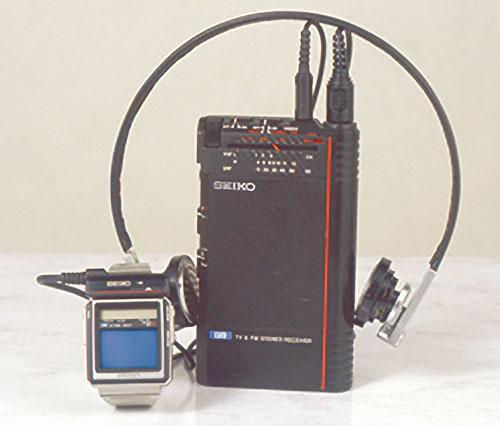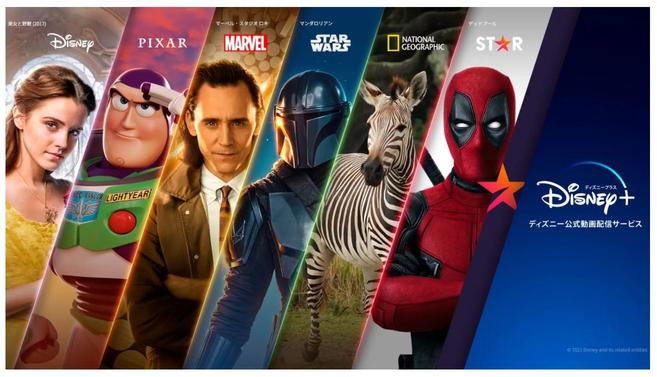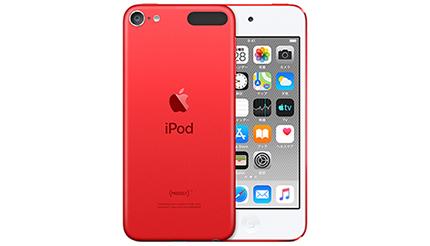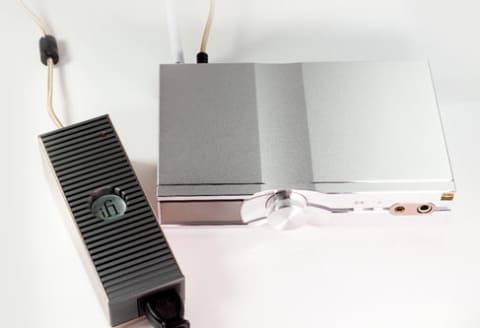The benefits of our convenient “wearables” are built on the epic challenges and defeats of our predecessors...
When you think of "wearables" today, you probably think of the Apple Watch, various fitness trackers from various companies, and VR headsets like Oculus. But these gadgets don't just spring out of nowhere and thrive. Today's wearable gadgets are able to thrive because of the existence of our predecessors who died in the past.
Wearable gadgets began to spread in earnest in the 2010s, but wearables actually have a long history. Back in the 17th century, Chinese scholars invented a small ring-shaped "wearable abacus". In other words, the world's first smart ring existed from around this time. Oh, yeah, you could call it a "wearable smart ring." Since that time, engineers around the world have gone through a lot of trial and error to develop wearables that can be used by ordinary people.
This time, I would like to think about the wearable gadgets that have been forgotten or are about to be forgotten.
Seiko TV Watch
About 40 years ago, in the 1980s, there was a product packed with the supreme tech of Japan, a technological powerhouse.
The Seiko T001 Watch, released in December 1982, is the world's first watch with a TV equipped with a 1.2-inch LCD monitor. The "Journal of Electronic Engineering" of the time described it as "like something straight out of science fiction," and it even appeared in the 1983 James Bond movie "Octopussy."
A wristwatch equipped with a 1.2-inch LCD monitor was very novel and epoch-making in the age of CRT televisions. The problem was the extremely poor image quality and the need to carry around a Walkman-sized receiver. A black cable is used to connect the receiver to the TV watch, but at the time Seiko recommended that the cable be passed through the sleeve of the jacket. If you want to hear the sound, you have to connect the receiver to the TV watch and also connect the headphones. It was a time when watching TV on a wristwatch required a lot of effort. It seems that the list price at that time was 108,000 yen. It wasn't a lot of money for James Bond, but it was quite a lot for the average person at the time.
According to the New York Times in 1983, only 2,200 units were sold in Japan within the first nine months.
At first, it seemed to be enthusiastically supported by American retailers, but it seems that there were also skeptical opinions that ``it may only be accepted in a limited market'' (that's right. ).
I was also concerned when a Seiko engineer said, "This LCD screen will only last 7 years." The common sense today is that a smartwatch that lasts seven years is enough, but back then, "a TV that only lasted seven years" would have been hard to accept.
By the way, at the time Sony and Sinclair were selling cheaper "pocket TVs." Sony's "Watchman" was about $80 and didn't even bother plugging in a receiver.

Nintendo Power Glove
Many of you may remember the first model of Google Glass.
In 2012, Google released a concept video that showed the world the vision of consumer augmented reality glasses. It looks cool even now. And Google Glass, which was released in 2013, had a touch pad built into the side for operating the device, and a camera for taking pictures and videos. I wasn't quite as good at projecting holograms around me, but I was able to project an image onto an LED display and see it in my eyes.
It was arguably one of the most advanced consumer devices of its time, so why did it fail?
Because it didn't do much for the hefty price of $1500. There were some useful apps, such as hands-free photography, but none were killer enough to justify the cost. Furthermore, the world wasn't ready for Google Glass. Google Glass users have been ridiculed as "glass holes" and have sparked debates about privacy, such as being called "walking surveillance cameras" because wearing glasses makes them stand out. There was also a case where Google Glass was robbed from a woman's face at a bar.
Although the future of ordinary people wearing these glasses is not completely dead, Google believes that given the current constraints, the device would be better suited for businesses than for consumers. I converted. Companies such as North are also pursuing the dream of consumer smartglasses, but have so far been unsuccessful. And now, companies like Facebook, Samsung, and Apple are also working on their own smart glasses. Of course, Google hasn't given up.
Fossil Wrist PDA
Early wearable products, such as "EyeTap" developed by Steve Mann, the "Father of Wearable Computing", were unique and sci-fi. Atmosphere was there. However, Steve Mann's development direction was focused on exploring the concept of wearable heads-up displays (displays that project information directly into the human field of vision), but the wearable PC of "Xybernaut Poma" was developed for general consumers.
Shown off at CES 2002, the device is a sleeker version of Xybernaut's Mobile Assistant IV wearable PC. A head-mounted display (HMD) powered by Windows CE, designed in partnership with Hitachi. It had a 128MHz RISC processor, 32MB of RAM, and had slots for compact flash cards and USB. The headset has a 13-inch 800x600 color screen in front of your face that acts as a pointing device that lets you swipe and click with your finger. Aimed at "people who work on the move," it weighed 1 pound (approximately 453 grams) for the main body and HMD combined, had a three-hour battery, and was expensive at $1,500. Scientific American magazine called it "flashy but not functional."
The appearance of the Xybernaut Poma is still funny today, but at the time it attracted the attention of law enforcement and NASA, partly because it could record in real time, but it was insanely expensive and not very practical. I didn't have one, so I ended up failing. Also, Xybernaut, which developed this device, was accused of fraud and filed for bankruptcy in 2005. According to The Washington Post, Xybernaut is far better at selling stock than it is at selling devices. That's no wonder: the number of wearable PCs sold was less than 10,000 units, and despite not being profitable for 33 quarters, the company released more than 200 million shares. And in 2007, the Xybernaut founders were indicted for fraud. It's a fantastic device in many ways.
Pebble
Nine years ago in 2012, the original Pebble appeared on Kickstarter. It raised a record $3.3 million in less than a week and ended up with a then-record Kickstarter of $10.3 million in backing. Pebble originated from crowdfunding, which was in its infancy at the time, and came into the limelight as a product with many core fans.
From 2013 to 2016, Pebble sold over 2 million watches. Pebbble at the time was lucky enough to be in the right position at the right time. Wearables became a hot topic at CES 2014, and a wave in this field came at once. Android Wear was announced at Google I/O later that year, and Fitbit began expanding its product line.
In the area dominated by fitness trackers, Pebble has a 7-day battery life, a pairing function for both iOS and Android, and a healthy ecosystem that allows third-party development of apps. I was able to hold a certain position in the realm for a while. What's more, Pebble already had all the features you'd expect from a modern smartwatch: GPS, Bluetooth, custom watch faces, and smart notifications. And the unique E-ink screen was still beloved among Pebble fans. And unlike many other early wearables, the Pebble was affordable from the start, around $150.
We loved the Pebble, but of course it wasn't perfect. It goes without saying that production tends to be delayed, but the big problem is that the market has misjudged. Pebble believed that consumers didn't want devices to quantify their health, they wanted devices to improve their productivity. According to Wired's article about Pebble's demise, "Apple focused on fashion, Pebble focused on productivity and third-party innovation, but this was a costly detour in the smartwatch market. is rooted in health and fitness.” Sure, Pebble kept hitting millions of dollars in Kickstarter campaigns every time, but that was also a concern.
If it's selling so well, why did you rely on crowdfunding to keep your product on the market? Pebble has reportedly received $740 million (about ¥85.2 billion) from Citizen and $70 million (about ¥8 billion) from Intel, but has kicked them out. Ultimately, Pebble was sold to Fitbit for $23 million in 2016, much to the dismay of its fans. Pebble support ended in 2018, and in 2019 former Pebble developers created an informal group called Rebble to keep Pebble alive.
Pebble's excellent features have been taken over by Fitbit, and the Open SDK has been implemented, so I think Pebble's blood is flowing.
However, the example of Pebble reminds us that no matter how good the product is and how many enthusiastic fans you have, if you make a mistake in business decisions, it will be irreversible and the life of the product will be ended easily.




